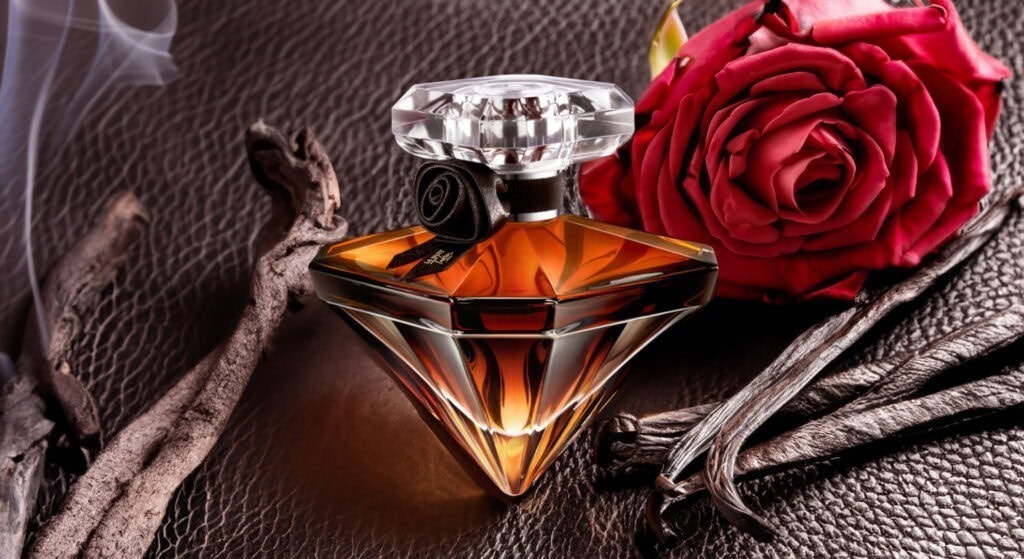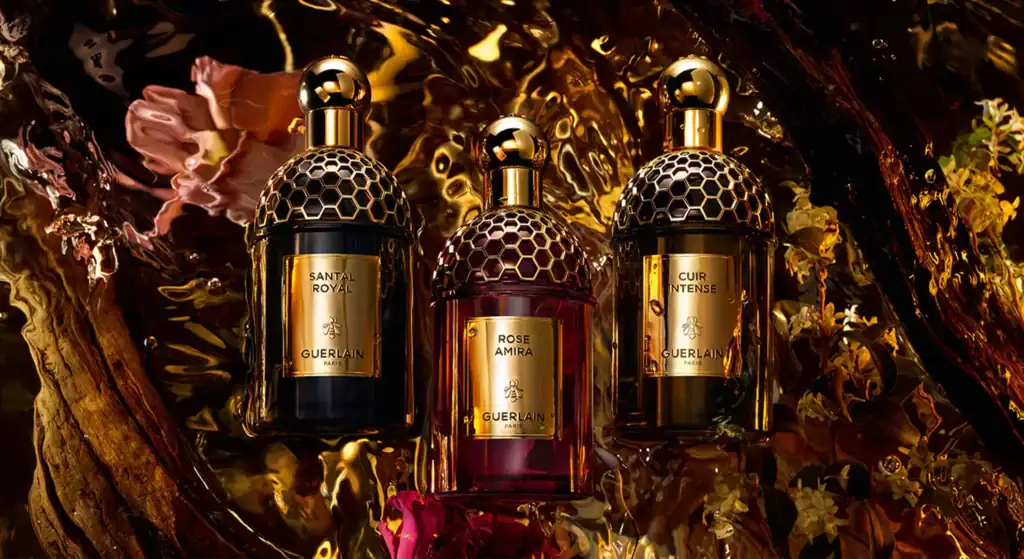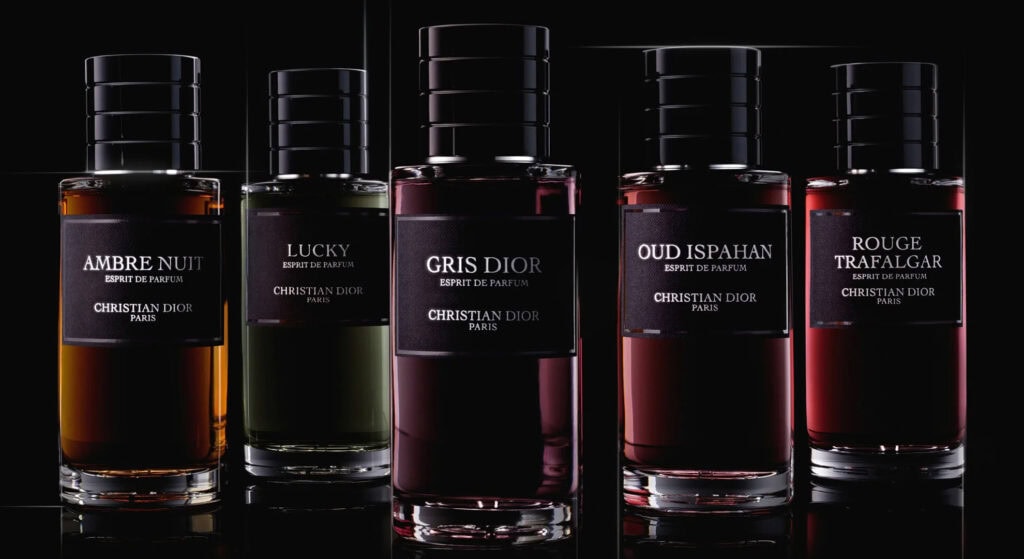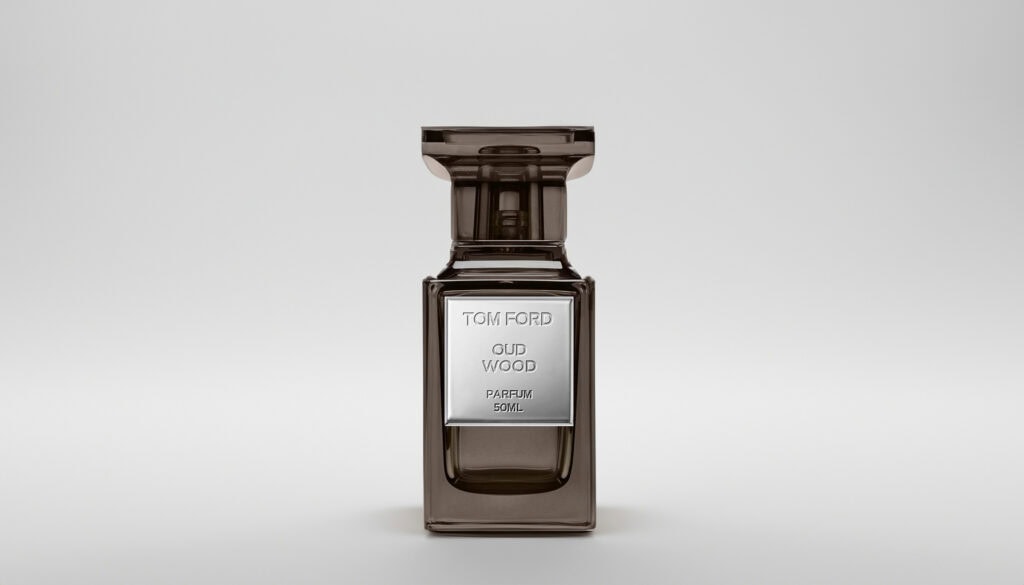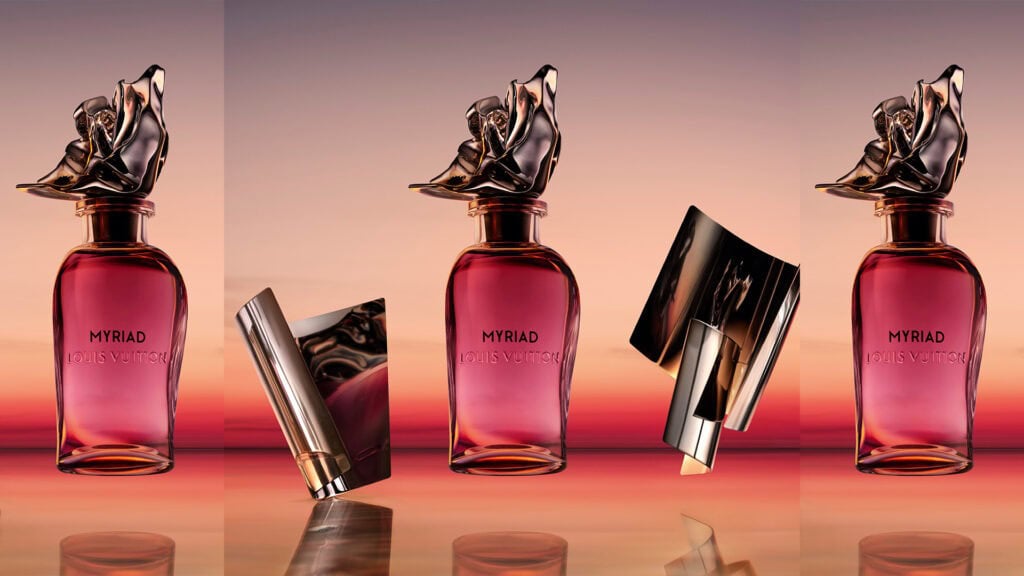Oud in Perfumery: The Essence of Luxury and Depth
Oud, often referred to as “liquid gold,” is one of the most precious and revered ingredients in the world of perfumery. With its rich, deep, and complex aroma, oud has been treasured for centuries, particularly in Middle Eastern cultures, and is now a key component in many luxurious and sophisticated fragrances worldwide. This article delves into the process of extracting oud, the art of blending it with other notes, and some of the most iconic perfumes where oud takes center stage.
The Journey from Wood to Fragrance: Extracting Oud
Oud is derived from the resinous heartwood of the Aquilaria tree, which is native to Southeast Asia. The resin is produced as a defense mechanism when the tree becomes infected with a specific type of mold. This rare and precious resin is what gives oud its distinctive and powerful aroma.
- Traditional Distillation: The most common method of extracting oud oil is through steam distillation. The infected heartwood is carefully harvested and then subjected to a long and meticulous distillation process, often lasting several weeks. This method captures the full depth and complexity of oud’s aroma, producing an oil that is both rich and potent, with smoky, woody, and slightly sweet nuances.
- Aging: One of the unique aspects of oud is that its aroma improves with age. The longer the oud oil is aged, the more refined and complex its scent becomes. Aged oud is highly sought after and commands premium prices due to its smooth, deep, and multi-layered fragrance profile.
- CO2 Extraction: A more modern technique, CO2 extraction, is also used to obtain oud oil. This method uses supercritical carbon dioxide to extract the resin from the wood, preserving the purity and intensity of the oud’s natural scent. CO2 extraction is particularly valued for producing a cleaner and more consistent oud oil.
Blending Oud: Crafting Fragrance Masterpieces
Oud’s versatility and depth make it a powerful note in perfumery, capable of anchoring a wide range of compositions. Its rich, woody, and slightly animalic scent can add complexity and warmth to various fragrance families.
- Oriental and Spicy Blends: Oud is a cornerstone of many oriental fragrances, where it is often paired with spices, resins, and amber to create rich, opulent scents. The smoky, earthy qualities of oud enhance the warmth and depth of these perfumes, making them perfect for those who love bold and exotic fragrances. Tom Ford’s Oud Wood is a prime example, where oud is blended with cardamom, sandalwood, and vanilla to create a scent that is both luxurious and mysterious.
- Woody and Earthy Compositions: In woody fragrances, oud adds an extra layer of depth and complexity. When combined with other woods like cedar, sandalwood, or vetiver, oud amplifies the richness of the scent, creating a fragrance that is deep, grounding, and sophisticated. Byredo’s Oud Immortel blends oud with patchouli, papyrus, and tobacco, resulting in a smoky, earthy scent that is both timeless and modern.
- Floral and Sweet Accords: Surprisingly, oud can also be paired beautifully with floral and sweet notes. The contrast between the dark, resinous oud and lighter, sweeter notes like rose, jasmine, or vanilla creates a balanced and harmonious fragrance. Maison Francis Kurkdjian’s Oud Satin Mood combines oud with rose and vanilla, resulting in a scent that is both sensual and elegant, with a touch of sweetness that softens the intensity of the oud.
- Citrus and Fresh Scents: Although less common, oud can be used in citrus and fresh compositions to add a unique twist. The rich, smoky undertones of oud can balance the brightness of citrus notes, creating a fragrance that is both refreshing and sophisticated. Aqua di Parma’s Colonia Oud blends oud with citrus notes like bergamot and orange, offering a fresh yet deeply complex scent that stands out for its originality.
The Icons of Oud: Fragrances That Define a Genre
Several perfumes have become iconic for their use of oud, showcasing its ability to transform a fragrance into something truly luxurious and unforgettable.
- Tom Ford Oud Wood: A modern classic, Oud Wood is known for its sophisticated and mysterious blend of oud, cardamom, sandalwood, and vanilla. This fragrance is both rich and approachable, making oud accessible to a wider audience.
- Maison Francis Kurkdjian Oud Satin Mood: This fragrance is a luxurious and sensual blend of oud, rose, and vanilla. The oud adds depth and complexity, while the rose and vanilla bring a soft, sweet touch, creating a scent that is both bold and refined.
- Byredo Oud Immortel: A contemporary take on oud, Oud Immortel combines the rich, smoky scent of oud with patchouli, tobacco, and papyrus. The result is a deeply earthy and woody fragrance that is both timeless and modern.
- Creed Royal Oud: In this fragrance, oud is paired with citrus notes like lemon and bergamot, along with woods and spices. The result is a fresh, sophisticated scent that highlights the versatility of oud in perfumery.
The Allure of Oud: A Timeless Ingredient in Perfumery
Oud’s rich, complex, and multifaceted aroma has made it one of the most sought-after ingredients in perfumery. From its meticulous extraction process to its skillful blending with other notes, oud adds a luxurious depth and warmth to any fragrance. Whether enhancing oriental, woody, floral, or even fresh compositions, oud plays a crucial role in creating perfumes that are both sophisticated and memorable. Iconic fragrances like Tom Ford’s Oud Wood, Maison Francis Kurkdjian’s Oud Satin Mood, and Byredo’s Oud Immortel demonstrate the enduring appeal of oud, proving that its place in the world of perfumery is as timeless and valuable as the resin itself.
Love this fragrance? Share your thoughts! Your vote helps other perfume lovers discover new favorites. Rate it now and make your mark!
Click on a star to rate it!
Average rating 0 / 5. Vote count: 0
No votes so far! Be the first to rate this post.


